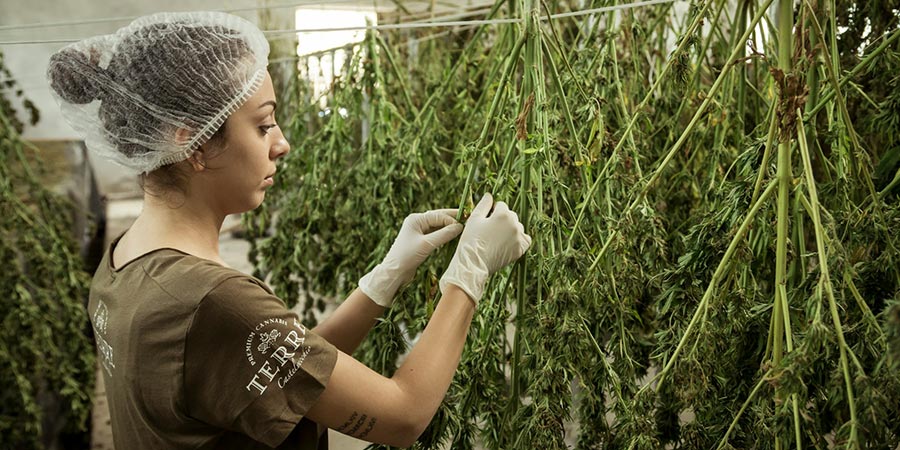THC is a compound found in cannabis plants that has garnered significant interest for its unique properties and effects. As the primary psychoactive ingredient in marijuana, THC has become a focal point for DIY enthusiasts looking to explore the world of cannabis and its applications.
In recent years, high THCA strains have gained popularity among users seeking a non-intoxicating alternative, as these strains contain higher levels of tetrahydrocannabinolic acid (THCA), a precursor to THC that doesn’t produce the typical psychoactive effects when consumed but may offer potential therapeutic benefits.
In this article, we’ll delve into the basics of THC to offer a straightforward guide for those who are keen to understand and perhaps experiment with this fascinating compound.
Understanding THC Concentration
The concentration of THC in a cannabis plant varies widely, depending on the strain and growing conditions. Generally, THC levels can range from under 1% in hemp to over 30% in some high-potency marijuana strains.
For DIY enthusiasts, understanding THC concentration is crucial, as it directly impacts the potency and effects of the end product.
Extraction Methods
The extraction of THC is a primary step for many DIY cannabis projects. There are various methods for this process, and each of them comes with its own pros and cons.
Let’s look at what these methods are:
Solvent-Based Extraction
This method uses solvents like alcohol or butane to extract THC. It’s efficient and can yield high-potency extracts. However, it requires caution as solvents are flammable and can leave harmful residues if not properly purged.
Oil Infusion
A simpler and safer method, oil infusion involves steeping cannabis in oils like coconut or olive oil. This method is excellent for making edibles and offers a more controlled and gentle extraction.
Dry Sifting
A mechanical method where dried cannabis is sifted through screens. This method is straightforward but less efficient in extracting high-potency THC.

Decarboxylation: The Key Step
Decarboxylation is a crucial process in preparing cannabis for use. This process involves heating the cannabis which converts non-psychoactive THCA into psychoactive THC. Skipping this step means the full potential of THC won’t be realized.
For DIY purposes, decarboxylation can be done by baking ground cannabis in an oven at a low temperature (around 245°F) for about 30-40 minutes.
THC in Edibles
Edibles are a popular way to consume THC as they offer a longer-lasting and more intense experience compared to smoking or vaping.
When making edibles, it’s essential to consider the dosage. Since THC is more potent when ingested, starting with a low dose (5-10 mg of THC per serving) is advisable, especially for beginners.
Tinctures
Tinctures are another user-friendly option for DIY cannabis enthusiasts. They involve soaking cannabis in alcohol to create a potent liquid. The advantage of tinctures is the ease of dosage control and the discretion of usage. Tinctures can be added to food and drinks, or taken sublingually (under the tongue).
Topicals
If you’re interested in the non-psychoactive benefits of THC, creating topicals like creams and balms can be a rewarding project.
THC in topicals doesn’t enter the bloodstream, so it doesn’t produce the high associated with other forms of consumption. Topicals are primarily used for localized relief.
Storage and Shelf Life
Proper storage of THC products is vital for maintaining their potency and preventing degradation. THC should be stored in a cool, dark place, preferably in an airtight container.
Exposure to light, air, and heat can degrade THC over time. Most THC-infused products have a shelf life that varies depending on the preparation and storage conditions.
Safety and Legal Considerations
While exploring the world of DIY THC, it’s essential to be mindful of safety and legality. Always use THC responsibly and be aware of the laws in your area regarding cannabis use and possession.
Conclusion
THC offers a world of possibilities for the DIY enthusiast, from creating edibles and tinctures to experimenting with topicals.
By understanding the basics of THC concentration, extraction methods, and the importance of decarboxylation, you can embark on a rewarding journey into the world of cannabis. Remember to start low with dosages, store your creations properly, and always abide by local laws. Happy exploring!
